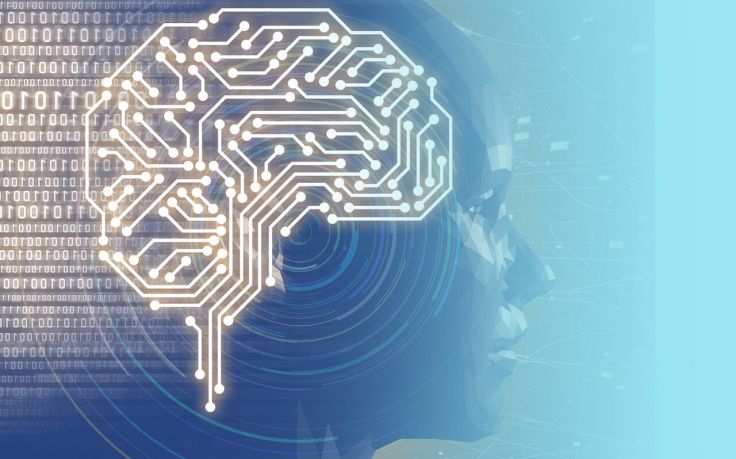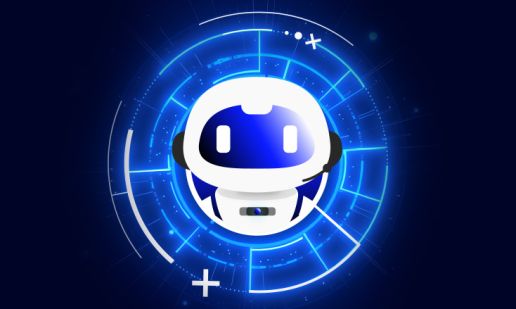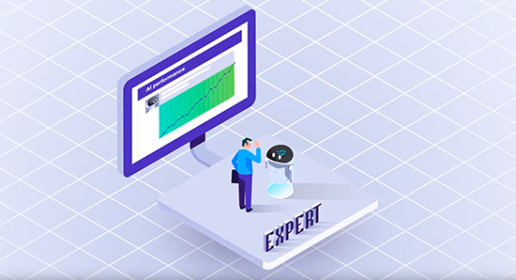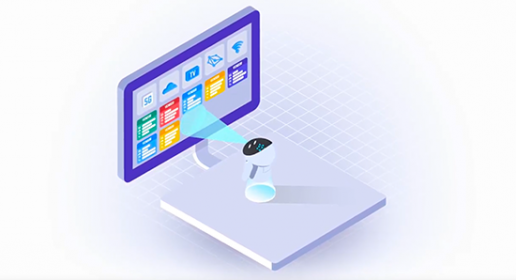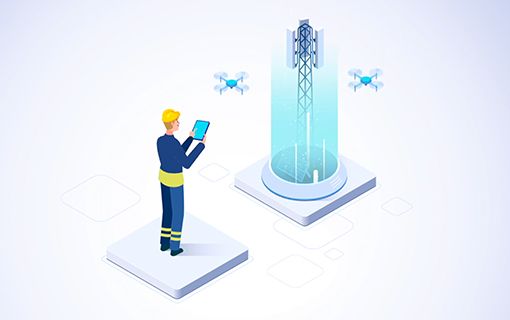Artificial Intelligence in Telecommunications: The State of Play and a Bright Future
- Published
- 4 min reading
Data have become the raw material for a technological revolution that is touching almost every aspect of everyday life, in telecommunications, banking, manufacturing, health, transport and more. The need to gather, analyze, utilize and ultimately monetize billions of pieces of data has created an ever-growing demand for automation, which in turn has led to great leaps forward in artificial intelligence, machine learning and big data.
Cheaper and greater computing power have helped drive these developments. They have allowed companies, especially in the telecommunications sector, to develop data centers and analytical platforms which help their clients handle the masses of information they collect. In addition, the parallel possibilities of quantum computing have taken the once theoretical application of algorithms for AI out of the laboratories and into the domain of everyday business operations. At the same time, open source platforms and organizations such as the Open Network Automation Platform are facilitating the spread of knowledge and best practices. This all brings challenges and opportunities for telcos.
AI for telecom operators: challenges and opportunities
Verticals in, for example, the health, finance and loyalty management sectors are actively seeking ways to optimize their operations through core communication processes. In turn, CSPs are adopting AI and big data analytics, particularly in the field of intelligent assurance, to help them deliver complex and comprehensive services that meets demands in terms of reliability, coverage, bandwidth, low latency and jitter. For the telecommunications sector in particular, AI has proved indispensable in developing predictive maintenance solutions that automate error cause and impact analysis processes and allow field technicians to pre-empt potential issues.
Not so long ago, this was the stuff of science fantasy. But don’t fall into the trap of thinking that AI and machine learning today represent the culmination of a technological revolution. Rather, we are at the beginning of an automation process that is still very much reliant on human intervention. Machines don’t rest, and they can operate at speeds and in complex situations unimaginable for the human brain; but they can’t yet surpass human operators in terms of intelligence. What we are seeing, though, is a process by which machines are learning from people – and people from machines. In assurance analytics for telecommunications, for example, the complexity of network-hardware-software interdependencies mean humans need the computing power of processors, while at the same time they are learning how to better direct those processors to take on more of these tasks automatically.
So, if this is just the beginning for the application of artificial intelligence, machine learning and big data analytics, what’s next?
Certainly, there will be no halting the progress that we have made to date. The abovementioned open source platforms, ONAP and more will ensure the ongoing exchange of knowledge and best practices, and the millennial generation are proving themselves keen to experiment with the possibilities that these new technologies can offer. In addition, companies such as Comarch are already embedding AI algorithms in their solutions and testing further developments in terms of business process applications.
But the specifics of even the near future are incredibly hard to predict. AI is being adopted by various industry verticals, but is yet to become standard. Maybe we could compare this to the early days of space exploration, or the great voyages of discovery that helped map the world; the possibilities are almost unlimited, but what that newly-mapped post-AI world will look like remains to be seen.
